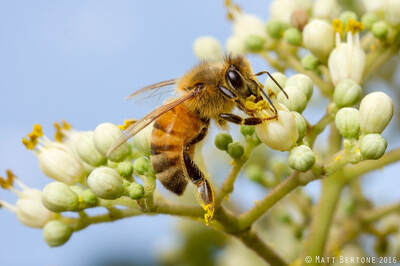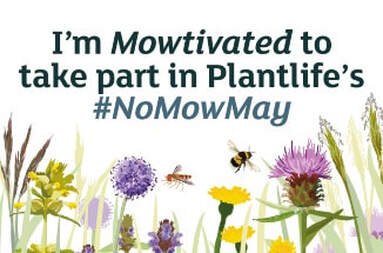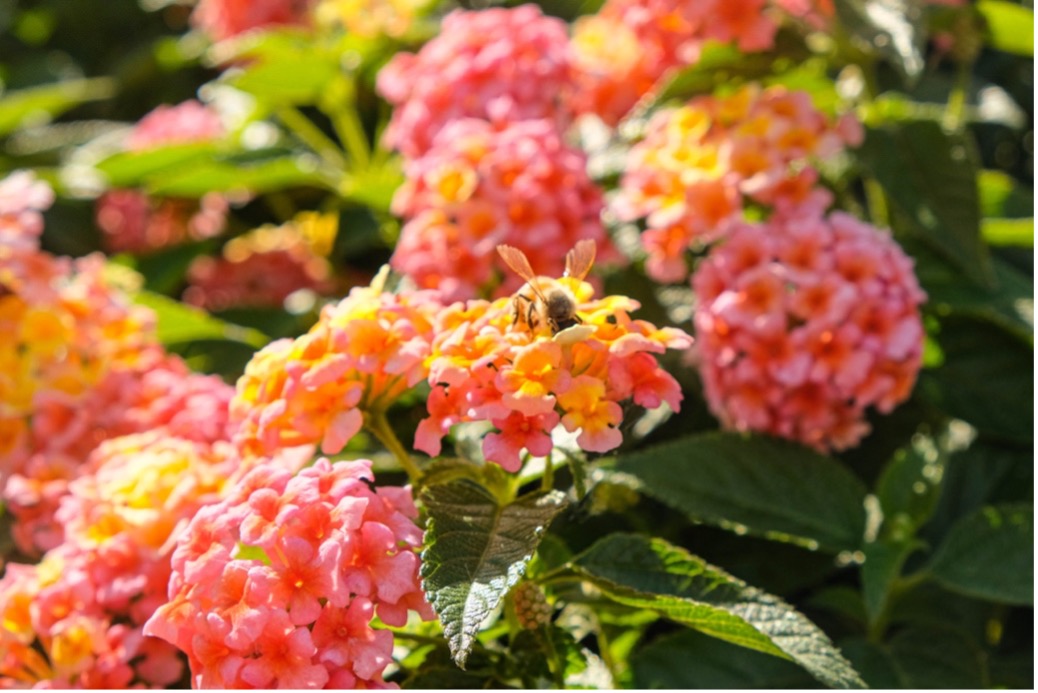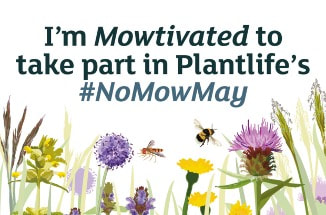|
Are insects mindless robots? Do they experience more than we give them credit for? New evidence indicates that insects and other arthropods may exhibit a broad range of emotions, feelings, and cognitive abilities that we were previously unaware of. By Sydney Crawley Ph.D. Would you think twice about squashing a bug if it was afraid of dying? If it felt pain, would you pause before you applied broad-spectrum insecticides? A sense of awareness as well as the capacity to have feelings such as, but not limited to, fear or pain is classified as sentience. Sentient animals are typically given more animal welfare protection under the law than animals that are not sentient. In addition, vertebrates (animals with a backbone) are often given more protection than invertebrates (animals that lack a backbone). Recently, a group of researchers in the United Kingdom (UK) determined that there is enough evidence to classify certain groups of invertebrates as sentient. In their report (linked within this Smithsonian Magazine article), the authors reviewed 300 research studies. Ultimately, they concluded that invertebrates should be protected under animal welfare laws and that slaughter practices like boiling crustaceans alive are inhumane. Crustaceans such as lobsters, crabs, and crayfish are in the same Phylum (one of the ways we group related animals together) as insects and spiders—the Arthropoda. Arthropoda literally means “jointed foot” and contains all animals with jointed limbs, segmented bodies, and skeletons on the outside versus the inside. Although insects were not assessed for sentience in the report, the authors’ conclusions have implications for the way we view animal awareness, especially among closely related taxa.
However, a number of recent studies indicate that some insects are capable of learning, recall, and a host of other behaviors that are indicators of higher-level cognition. For example, carpenter ants are capable of decision making and wasps can recognize faces. Impressively, honey bees (Apis mellifera) exhibit multiple behaviors indicative of higher-level cognition. They can count to four, communicate the location of food sources using a waggle dance, and they might even scream/feel fear when they are attacked by predators. FINAL THOUGHTS There is mounting evidence that more consideration should be given to insects when it comes to their ability to feel pain, and we probably cannot dismiss these creatures as simply robotic in nature. Whether or not insects are truly sentient remains to be seen, but based on data, we have to at least acknowledge that insects are capable of learning, decision-making, and other complex behaviors that were previously only associated with vertebrates.
0 Comments
Plantlife’s No Mow May™ campaign launched again this year on April 29th, 2022. Advocates of the movement claim that you can do more for pollinators by doing less—just lock up your mower for the entire month. However, does letting your lawn go for one month actually help pollinators? What exactly does the campaign entail, and should you get involved? Read on to hear what all the “buzz” is about. Plantlife, a wild plant conservation charity based in the United Kingdom, has asked citizens in the United Kingdom to put away their lawn mowers each May in an effort to increase forage (habitat with food) for pollinators, especially bees. Advocates of the movement encourage members of the community to allow their lawn to grow freely early in the spring (May) so that smaller plants like dandelions and clover can flower. They maintain that this allows pollinators to have a “leg up” on generating their nectar reserves. At the end of May, when the initiative closes, Plantlife encourages participants to complete the “Every Flower Counts” survey. Survey organizers state that the questionnaire serves as a pollinator “health-check” for the participant by assessing:
As an added participation bonus, each participant receives a unique “Personal Nectar Score”, which is meant to be a reflection of how many pollinators the participant’s lawn can feasibly support. The higher your score, the more pollinator-friendly your lawn is. Plantife has made multiple claims in their “press pack” that communicate the benefit of the program to pollinator health, including:
Pollinators add an estimated $18 billion dollars in crop revenue—their importance in food production should not be understated or underappreciated. The global concern for pollinator health and maintenance is likely one reason why the No Mow May movement has some traction here in the US as well. Outlets like NPR, The Guardian, and The New York Times reported on the phenomenon this year. Our participation is not entirely new—adoption of the program in the US began in Appleton, Wisconsin in 2020. The result? No Mow May lawns had better bee diversity and abundance versus manicured lawns. In addition, the rusty patched bumble bee, which has been endangered since 2017, was observed in Appleton again for the first time last year. With promising results like these, it is tempting to think that the No Mo May has no downside, right? Not so fast. Some horticultural educators, such as Pamela Corle-Bennet at The Ohio State University, claim that neglecting mowing for an entire month could kill the grass and encourage weed growth that may increase pesticide use. Additionally, she claims that May might not be the ideal month for nectar-rich plants like clover to bloom in certain geographical areas. For instance she states that in Ohio, clover starts to bloom in June. Griffin Dill, the manager of a laboratory at the University of Maine has concerns about No Mow May, too, but for a different reason—ticks. He worries that the environment that promotes pollinator livelihood would also increase the number of tick encounters they observe in Maine. Bangor Daily News states: “In a perfect world, homeowners could manage yards for tick control and promote pollinator habitat. It’s the unfortunate reality that you can’t do both.” For the record, Bangor is a city in Maine. If you want to protect pollinators this season without encouraging tick presence or risking the health of your grass, the best solution might be to find some middle ground (no pun intended). A nice compromise could be mowing less across the entire flowering season. Research shows that mowing every two weeks could increase the quantity of bees in the landscape. Mowing less often but not stopping altogether also prevents bees from having issues accessing blooms, which can be a concern if grasses are too long. As an alternative, Plantlife suggests having areas where grass is shorter complimented by areas where the lawn can grow a little taller, if possible. To reduce the presence of ticks, shorter grassy areas should be adjacent/closest to where humans walk around the most. If the idea of an ‘untidy’ lawn really does not appeal to you or you are restricted by local ordinances, you can still augment pollinator forage by designing a pollinator garden filled with bee- and other insect- friendly plants. The United States Forest Service provides excellent guidance for designing a pollinator garden. You can also reach out to local Master Gardeners and Extension Specialists in your area who may be able to make suggestions tailored to your particular region. Finally, if using herbicides or insecticides in the landscape, always use them according to the label and do not spray on blooms where bees are visiting. This is especially important in the spring and summer when pollinators are exceptionally active. Ultimately, there are very few downsides to maintaining a pollinator-friendly yard and trying to improve pollinator diversity and abundance is a worthwhile endeavor. However, the way you decide to support pollinator abundance is a personal choice. Whether you mow less, not at all, or put out a pollinator-friendly garden—minimal or even no effort could help pollinating insects in a major way this season. Have you ever chosen a product because marketing materials contained words such as “safe” or “organic”? Do these words mean a product is better for the environment or human health? Sometimes the technical definition of the word does not completely match with the perception. In this week’s blog, let’s discuss the meaning of sometimes misunderstood terms like “safe” and “organic”, and how they relate (or don’t) to the toxicity of a pesticide. The recent media spotlight on glyphosate has ignited renewed conversation on pesticide safety. Bayer (which acquired Monsanto) continues to address legal action around the claim that the active ingredient (glyphosate) in the popular herbicide Roundup™ causes cancer. The claim and resulting media frenzy has caused discord in both the scientific and political communities. This is understandable, given that evidence for glyphosate’s carcinogenic properties exist, but the Environmental Protection Agency (EPA) has concluded that glyphosate poses “no risks of concern to human health” when used as directed. Media coverage on pesticides can make people anxious, which may be one reason why consumer research shows that people are seeking alternative, “green” solutions. However, terms like “safe”, “organic”, and “all natural” can make a product seem less hazardous to either the user, the environment, or both. That may not always be the case. According to the University of Illinois Extension, “…like synthetic pesticides, organic products have a broad range of toxicity levels.” The article goes on to say that botanical insecticides (pesticides made from plants) can be more dangerous to the environment than synthetic counterparts. REGISTRATION AND PRODUCT LABELSThe Federal Insecticide, Fungicide, and Rodenticide Act (FIFRA) is a written law that governs how pesticide products are registered, distributed, sold, and used in the U.S. This law requires pesticide products to be registered with the EPA (although there are exceptions to this). Before EPA will register a product, the applicant must submit studies to prove that the product does not cause “any unreasonable risk to man or the environment.” To do this, the applicant must show what will happen to humans if the product is eaten, inhaled, or comes in contact with skin and what impact it may have on the environment. EPA also requires most pesticide products contain a signal word that ranks the relative acute toxicity, or the ability of the product to cause injury or illness. The signal word on the product label reflects the results from the test with the highest acute toxicity. DANGER reflects a high toxicity, WARNING is moderately toxic, and CAUTION is the least toxic. These signal words will impact the personal protective equipment (PPE) and other language required on a pesticide label. A lot of danger can be mitigated when exposure to a chemical is limited, such as through the use of appropriate PPE during application. As the toxicity of the product increases, the required PPE increases as well. This is why all Directions For Use emphasize using a product according to the label. Labels contain valuable information designed to protect people and the environment. SAFE, ORGANIC, AND GREEN
“Even though these products [Minimum Risk Pesticides] may not require federal registration, most states will require the product to be registered in their state before it can be sold,” said Dr. Janet Kintz-Early, urban entomologist and registration expert with JAK Consulting Services. “States may allow the word ‘safe' as a marketing claim if followed by the phrase ‘when used as directed’.” Dr. Kintz-Early went on to say that small and start-up businesses may not realize that they are selling a pesticidal product or that their state and/or the federal EPA may require their product be registered. “There are many products for sale on popular e-commerce sites that claim they are ‘safe’ or ‘non-toxic’. These products could literally contain anything,” said Dr. Kintz-Early. “Nothing is safe if you are reckless. All products should be used only as described in the Directions For Use and with an abundance of caution.” Another tricky term is “organic”. Organic pesticides are generally those that come from a natural source. However, nature can produce some very risky substances, such as snake venom, nicotine, and even peppermint. So, while organic active ingredients are naturally derived, they are still pesticides meant to kill pests. Furthermore, the word organic on food is a very specific term defined by the United States Department of Agriculture (USDA). According to the USDA, “Organic is a labeling term that indicates that the food or other agricultural product has been produced according to the USDA organic standards.” Organic, in terms of food production, does NOT mean that no pesticides were used to produce the food. Perhaps the trickiest word of all is “green”. Currently, the term is not defined by any regulatory agency. As a result, different consumers and marketers can interpret the word differently. Additionally, just because a product contains words such as “natural” or “green” does not mean the product contains no risk. RECENT RESEARCH
FINAL THOUGHTSPesticides allow farmers to grow more food, kill mosquitoes that can spread diseases to people and animals, disinfect surfaces of harmful pathogens in hospitals, and help us conserve food by eliminating pests that eat stored products such as grain (to name just a few). However, whether the pesticide is “green” or synthetic, the best control programs use them as one component of an integrated plan that makes data-driven decisions and utilizes all tools available and reasonable. Undoubtedly, ways to reduce reliance on pesticides as well as the negative environmental impacts they can sometimes have should be explored. However, a “green” pesticide is not always likely to reduce environmental impact simply because the label contains words such as “safe” or “organic”. For more information on what different words mean or help identifying a “lower-risk” pesticide, please visit the National Pesticide Information Center’s Common Pesticide Questions section. |
Bug Lessons BlogWelcome science communicators and bug nerds!
Interested in being a guest blogger?
Archives
November 2023
Categories
All
|






